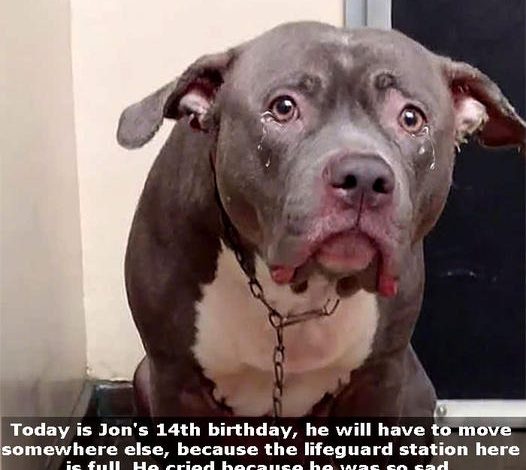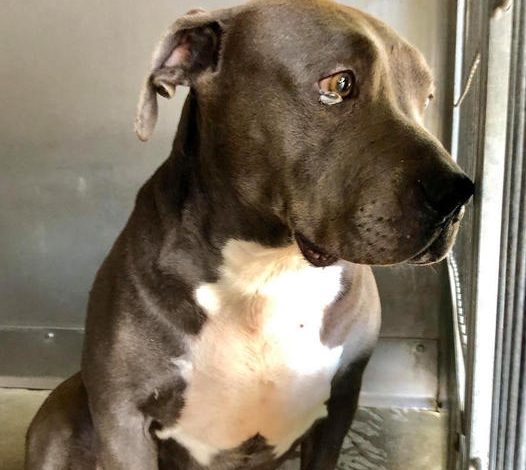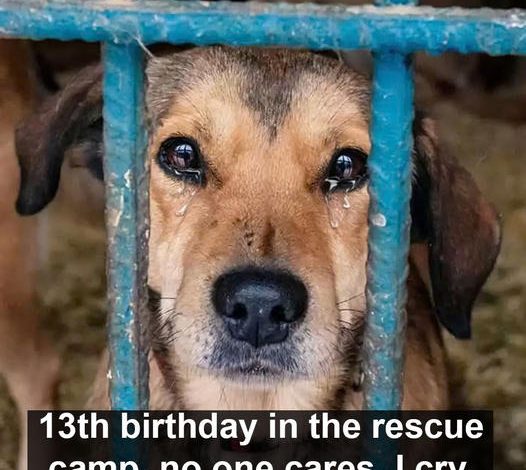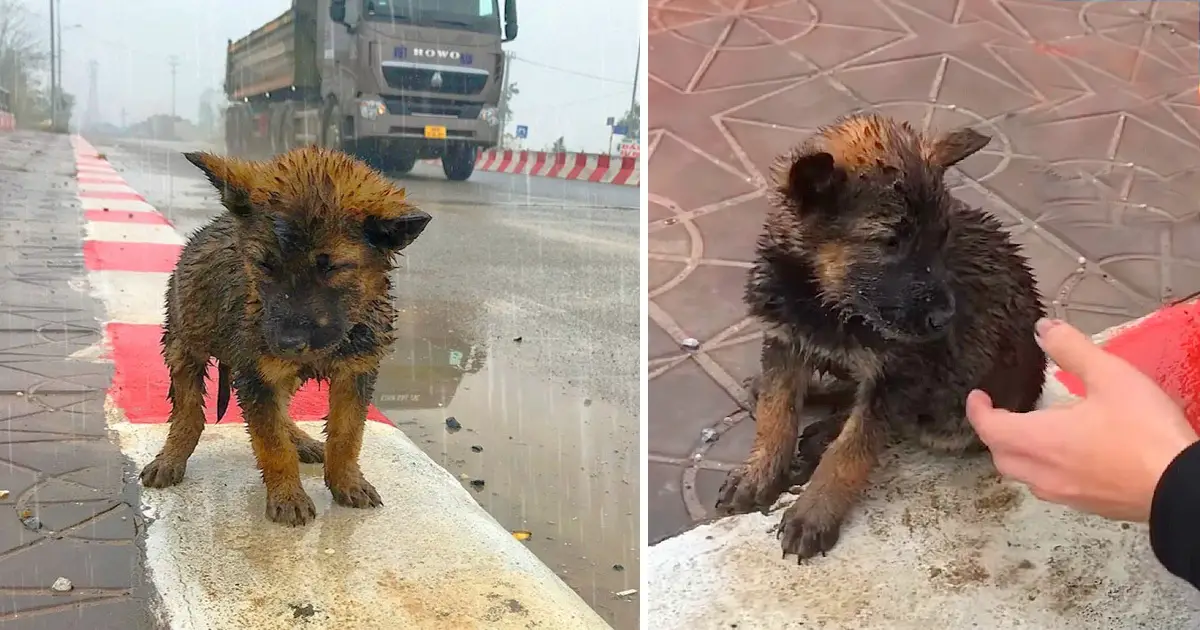
A forlorn puppy, left alone on the highway, suffers through the unyielding, freezing rain, its desperate cries for help painting a heartrending picture of abandonment and vulnerability
A desolate pet, deserted on the freeway, braves the freezing, relentless rain, pleading for rescue in a heartbreaking scene.

Meet tiny Nikki! She was deserted for days in a by the roadway. It was pouring, she’s very chilly.

Nikki shrank again to maintain from falling, clearly, she was harmed. Nikki is sort of weak. The physique is simply too little for her to maintain these disasters.

An honest samaritan discovered her and selected to choose her. He put Nikki within the automotive, however she was completely nonetheless, generally she was groaning with weak gasps.
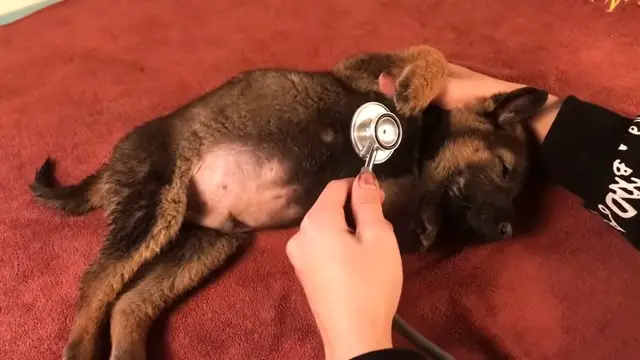
Nikki is being cared after extraordinarily fastidiously. She was nonetheless fairly weak and couldn’t rise up. The following day she was slightly higher. She will be able to stand up and sip slightly milk.

The teenager is so pleasant and affectionate, she will get to sleep in a beautiful and heat mattress for the primary time.

Nikki is sort of happy within the shelter. She has gained weight and appears beautiful. She is pleasant and can wait to be adopted with an exquisite household.
Here’s a detailed guide on how to keep your dog healthy in extreme cold weather:
How to Keep Your Dog Healthy in Extreme Cold Weather
1. Provide Adequate Shelter
- Insulated Dog House: Ensure your dog has an insulated, draft-free shelter. The dog house should be elevated off the ground and have a door flap to keep out the cold and wind.
- Indoor Space: If possible, bring your dog indoors during extremely cold weather, especially at night.
2. Dress Appropriately
- Dog Sweaters and Coats: Dress your dog in a warm, well-fitting sweater or coat. This is especially important for small, elderly, or short-haired breeds.
- Boots: Use dog boots to protect their paws from ice, snow, and salt. Make sure the boots fit well and don’t cause discomfort.
3. Limit Time Outdoors
- Short Walks: Limit the time your dog spends outside. Short, frequent walks are better than long ones in extreme cold.
- Supervise Playtime: Supervise outdoor play and bring your dog inside if they show signs of being too cold, such as shivering or lifting their paws off the ground.
4. Monitor Health
- Check for Frostbite: Inspect your dog’s paws, ears, and tail for signs of frostbite (pale or gray skin, blisters). If you notice any, contact your vet immediately.
- Watch for Hypothermia: Symptoms include shivering, lethargy, and weakness. Severe cases can cause unconsciousness. Seek veterinary care if you suspect hypothermia.
5. Provide Proper Nutrition
- High-Quality Diet: Ensure your dog is eating a balanced, high-quality diet to maintain their energy levels in cold weather.
- Hydration: Make sure your dog has access to fresh, unfrozen water at all times.
6. Grooming
- Dry Coat: Keep your dog’s coat dry and well-groomed. A clean, dry coat provides better insulation.
- Trim Hair Between Paw Pads: Trim the hair between your dog’s paw pads to prevent ice buildup.
7. Create a Warm Environment Indoors
- Warm Bedding: Provide warm, comfortable bedding in a draft-free area. You can use heated dog beds or add extra blankets.
- Avoid Cold Floors: Keep your dog’s sleeping area off cold floors like tile or concrete. Use rugs or mats for added warmth.
8. Exercise Caution with Outdoor Hazards
- Antifreeze: Keep antifreeze and other chemicals out of reach. Antifreeze is toxic and can be fatal if ingested.
- Salt and De-Icers: Clean your dog’s paws after walks to remove any salt or de-icers, which can irritate their skin.
9. Regular Vet Checkups
- Health Monitoring: Regular vet checkups are essential to monitor your dog’s overall health and address any issues that might make them more vulnerable to cold.
By following these steps, you can help ensure your dog stays healthy and comfortable during the cold winter months. Always pay attention to your dog’s behavior and adjust their care as needed to keep them safe and warm.
